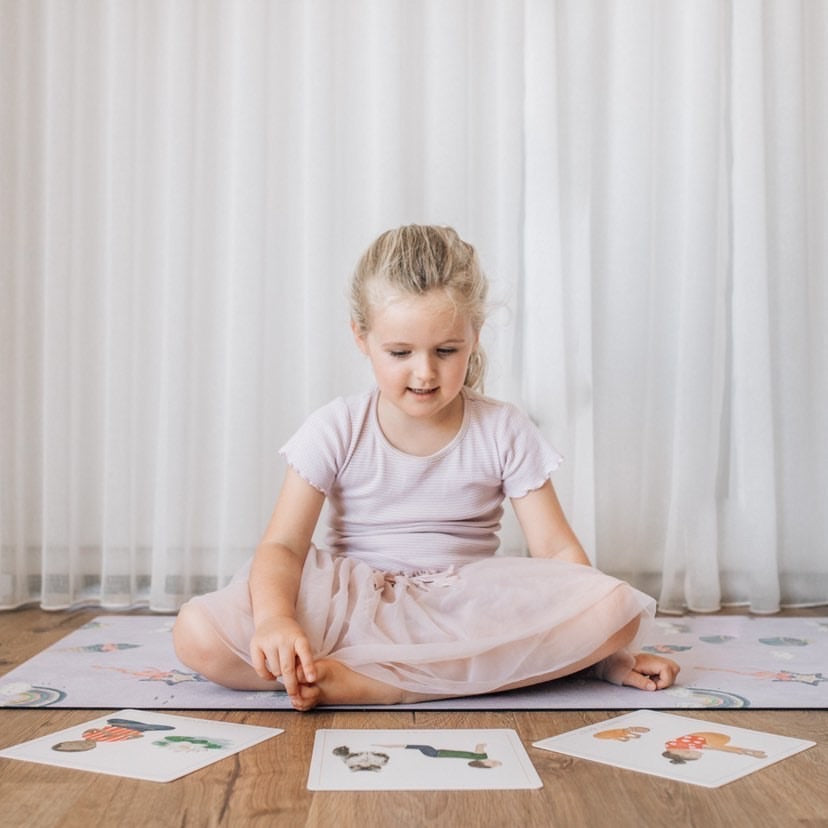It is important to embrace neurodiversity as part of the dynamic environment of the development of children. Children with conditions like ADHD as well as autism require a supportive environment that fosters their individual talents and allows to thrive. This is where the synergy comes in between ADHD assistance, autism play sensory integration, and mindful toys for kids. Integrating these components into daily routines will help caregivers and teachers develop experiences that promote healthy growth in all aspects. For more information, click Mindful toys for kids

ADHD Support for Children – Helping to build confidence and focus
Children suffering from ADHD struggle with focusing and controlling their urges. In order to provide the best support, it’s essential to employ strategies that challenge their minds while respecting their individuality. While on this journey, mindful toys for children, which encourage calmness and meditation, could prove invaluable. These toys provide the tactile sensation to calm restlessness and train children how to intentionally redirect their focus. Utilizing mindfulness techniques to play helps manage ADHD symptoms, and also teach children valuable life skills such as emotional regulation, stress reduction, and stress management.
Autism Sensory Play: Nurturing Expression and Exploration
Sensory experiences can be enriching and challenging for children with autism. Autism sensory play is about creating an environment to stimulate the senses and aid in the development of essential abilities. Sensory integration devices play a significant role in this approach. They are made to stimulate multiple senses simultaneously to encourage sensory exploration as well as coordination and cognitive development. Through tactile, auditory, and visual engagement children are able to better comprehend their surroundings and share their experiences. Sensory play for children with autism allows them to communicate and increase their self-confidence.
Sensory Integration Toys: Building Bridges for Child Development
Sensory integration toys act as bridges to connect children to the world around them. They come in various sizes in textures, shapes and colors to target various motor skills and senses. The toys offer children the chance to investigate and adjust sensory input. This helps to develop the ability to process sensory input. The main advantages of sensory toys include:
1. Improved Sensory perception: A Sensory integration toy exposes children to a variety of auditory, tactile, and visual stimuli. The exposure stimulates their brains to process sensory information more effectively and improve their ability to respond to stimuli that occur in everyday situations.
2. Improved Motor Skills – Many of these sensory toys are difficult to manipulate without fine motor skills and coordination between the eye and the hand. The play with these toys helps children improve their motor skills and dexterity, leading to better physical control and confidence in their movements.
3. Multisensory toys stimulate different brain regions at once. This stimulation contributes to cognitive development through the stimulation of connections between various neural pathways, improving problem-solving abilities and creativity.
Mindful Toys for Kids: Cultivating Calmness And Concentration
The concept of mindfulness has gained a lot of attention for its profound influence on the emotional wellbeing of people. Children’s mindful toys incorporate mindfulness into the play to encourage them to remain focused and attentive. These toys usually involve activities which require lots of attention to detail. Examples include puzzles, coloring or a guided relaxing. Through these activities, kids learn to direct their focus and energy to the task at hand. This will help their schooling and social skills.
It is crucial to highlight the holistic approach that is developed by the interplay of autism sensory toys mindfulness toys for kids and ADHD support. They aren’t able to function in isolation, but they are a unified strategy for nurturing the diverse needs of neurodiverse children. Caretakers can create an environment where emotional, cognitive and sensory needs can be met while incorporating conscious activities and sensory games into their daily routines.
In conclusion, the process of assisting children suffering from ADHD and autism must be embraced their unique strengths and challenges. By integrating sensory play with sensory integration equipment, and mindful practices, caregivers and educators can create a space that promotes growth on a variety of levels. Each aspect which is focused on fostering self-expression, enhancing sensorimotor processing, or encouraging mindfulness can contribute to an integrated approach to development of children. The ability to unlock these strategies will pave the path for a better future for all children regardless of their neurodiversity.